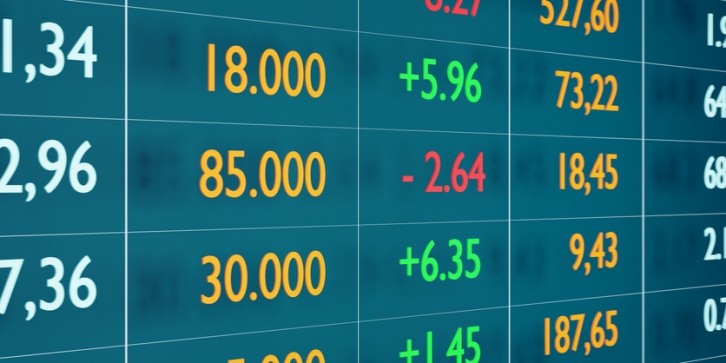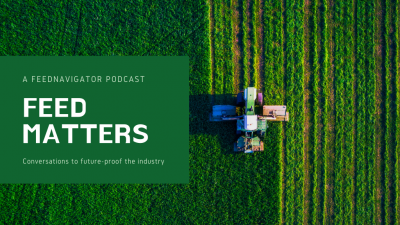Analysts forecast structurally higher prices for grains and continued market volatility

Consequently, markets still see some room for rates to move higher, which increases the probability of a stronger economic downturn once those rates filter through to the economy, reads CRM Agri’s Global Agricultural Economic Outlook.
That report tracks the broader market and economic trends that influence the agricultural commodity sector.
“There are already clear signs of US interest rises impacting loan demand and lending standards, while consumers are dipping into their savings at an increasing rate. This is adding risk to the global economic outlook, which bodes poorly for commodities as an investment vehicle,” according to the review.
The US dollar made a strong recovery on the back of higher interest rates amid strong economic growth, which is also creating headwinds for commodity prices as commodities become more expensive for international buyers, said the analysts. “In the first week of August, managed money’s position in wheat, corn and soybeans was net short, after being long for most of July. The uncertain economic outlook is driving a wedge between funds’ positioning and fundamentals.”
China’s government announced fresh stimulus measures to boost economic growth in the coming months, which has provided a tailwind to commodity prices more broadly, noted the oilseed and grain market specialists.
Climate change making it harder to sustain yields
In a special focus on the environment, the CRM Agri team noted how climate change poses a risk to more volatile yields, while also driving demand for biofuels, providing long term support for global grain prices.
Although crop yields are expected to recover in 2023/24, there remains plenty of weather risks that could derail the recovery, they reckon.
“Investment in new seed varieties that can better withstand periods of drought and protect against pests and diseases certainly have potential to boost yields, while technologies geared towards improving soils should also lend a hand raising global yields. That said, growth in yields over the past few years has slowed dramatically.
“In the 90s, yields in corn, wheat and soybeans rose rapidly as technological advancements led to huge improvements in yields. Today, gains in yields are becoming harder and harder to find. Climate change is also making it harder to sustain yields—soybean yields fell to multi-year lows in 2022/23 due to drought, while corn and wheat yields have failed to grow at a material rate in recent years.”
Indeed, the analysts warn that climate change will bring about great supply volatility and support demand projections for agricultural commodities, which means industry should expect structurally higher prices for grains in the long run and continued high price volatility.












